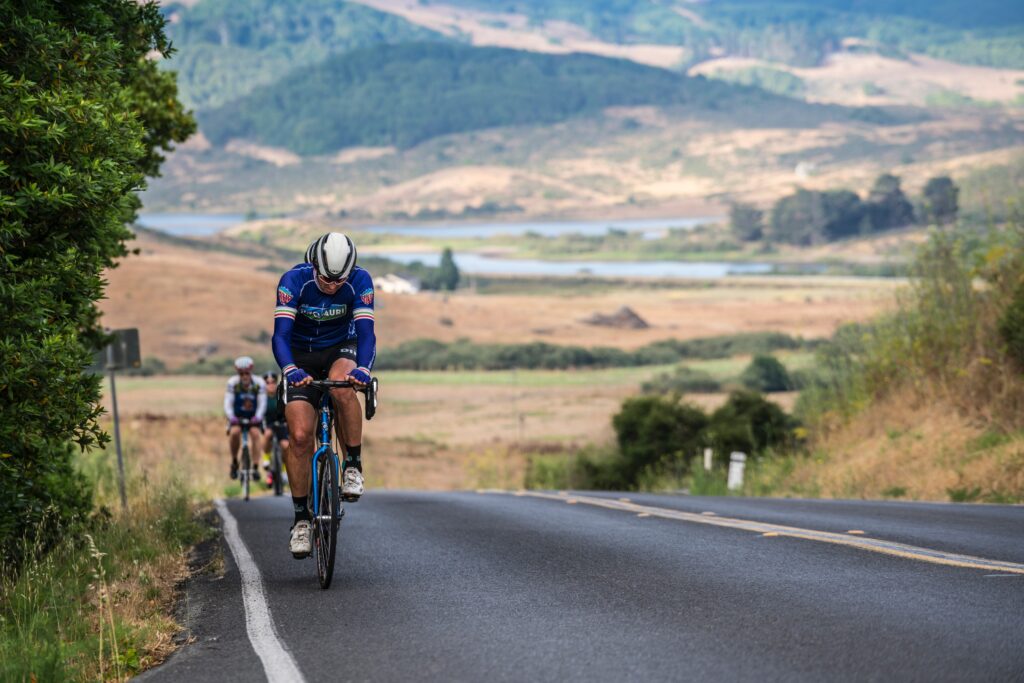Cycling Training Plan for Beginners
Whether you’ve just learned how to ride a bike or you’re starting to cycle more and more every day—as the saying goes, it’s never too late to learn how to get on a bike (and keep going).
Although this normally refers to learning how to ride a bike, this can also mean that you’re picking up cycling not only as a fitness hobby but also as a training regimen.
So if you’re just getting started with cycling, our cycling training plan for beginners is just what you’re looking for to help you get on your bike—and go!
The Benefits of Cycling
Although you might not need any more convincing as to why you should start cycling, we just want to plant a quick reminder as to what kinds of benefits biking can bring. Especially when it comes to fitness, this all-encompassing exercise is a great all-around way to get fit (and have fun).
The best part? You can use biking as a means of transportation.
This means that instead of driving to the gym in your car, you can think about using cycling as a means of transportation to get you to your workout—and have your transportation time be a workout in its own right!
A few more benefits?
Cycling helps benefit your overall fitness—endurance and speed-wise, too. It can also work on your strength, with another benefit being that as your core strength improves, so will your posture.
Cycling works from the inside out, with a specialization in strengthening your bones, too.
Need to burn some fat? Cycling is a great way to do that—as well as being great for your mental health and reducing anxiety.
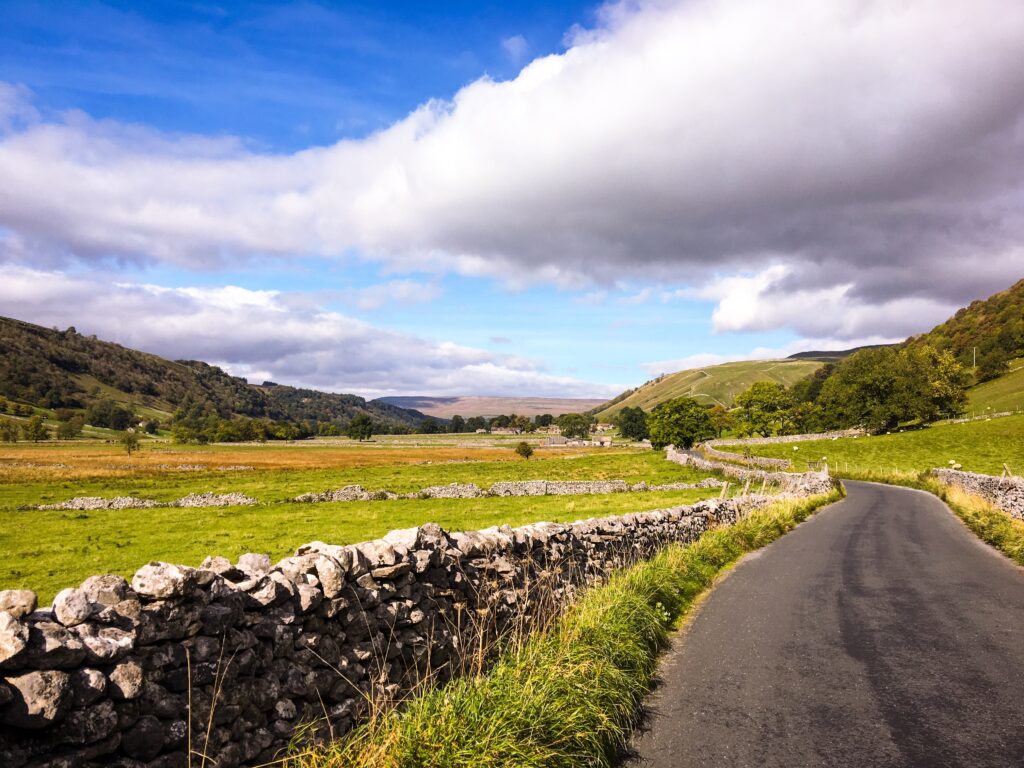
So, ready to get started?
For your cycling training plan, you’ll need a bike—obviously, but you’ll also need some pretty standard safety equipment to make sure you avoid injury at all costs (but we’ll get into a more extensive list in another article).
Once you got everything you need, it’s time to start working out!
Here is our cycling training plan for beginners:
Step One: Ease yourself onto the bike.
Although you may feel excited to start a new exercise regimen, the worst thing you can do for yourself is to go all out in the first few days, burning yourself out mentally and possibly injuring yourself physically.
However, with this plan, you can get started as a beginner and get into an intermediate level within just two months, breezing through a 10-mile ride.
Another part of the initial step is to also plan out your week. Take a look at your calendar—find some time where you’re able to devote anywhere from 10 minutes to an hour at least three days a week. Of course, a weekend can definitely be one of them as the majority of us have some free time then.
During the week, you’ll want to choose two days that have at least one rest day in between—for example, Tuesday and Thursday or Wednesday and Friday, etc.
Weeks One-and-Two: Get on the bike and go!
So, for the first 14 days (the first two-week-cycle—meaning six days training in total), you’ll want to start getting used to cycling.
On the first two days that you go out, start with just 10 minutes on your bike on a rather flat, easy course. If you’re feeling good, you can add 10 more minutes to your bike ride on the third day for a 20-minute ride.
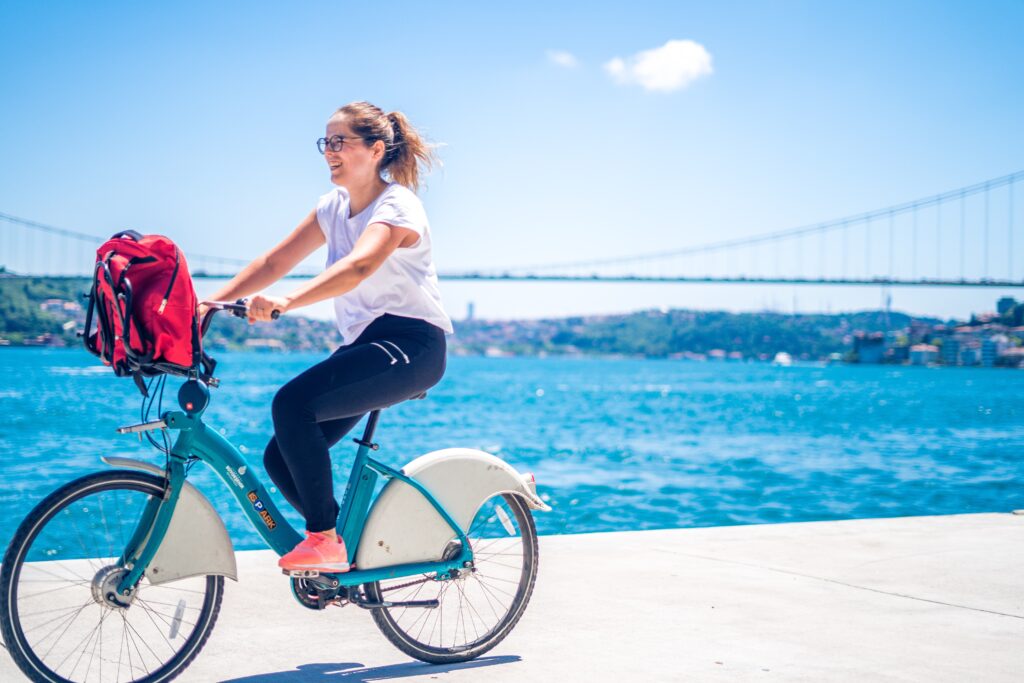
An average cycling speed—especially for a beginner—is going to be around 12 mph, meaning, during this time, you’ll most likely only be covering around 2 miles or so in these initial rides. However, as we amp up the time, you’ll see your distances improve, as well!
Week Three:
For this next week, you should start to feel more comfortable on your bike and get into a longer ride.
For the first two days this week, go for a 15-20 minute cycle. On the third day, you can amp it up to 30 minutes and see how you feel! Make sure you are hydrating—more on some quick beginner tips later.
Week Four:
For this week, take out one of the weekdays—which is good news for some—you’re only going to have to commit two days of the week instead of three!
However, for those two days, you’re going to extend the cycling time. So, instead of a 15-20 minute ride, two times on a weekday, you’re going to be doing 25 minutes just once—for example, on a Tuesday.
For the weekend ride, however, you’re going to boost that ride from half an hour to a 35-minute ride.
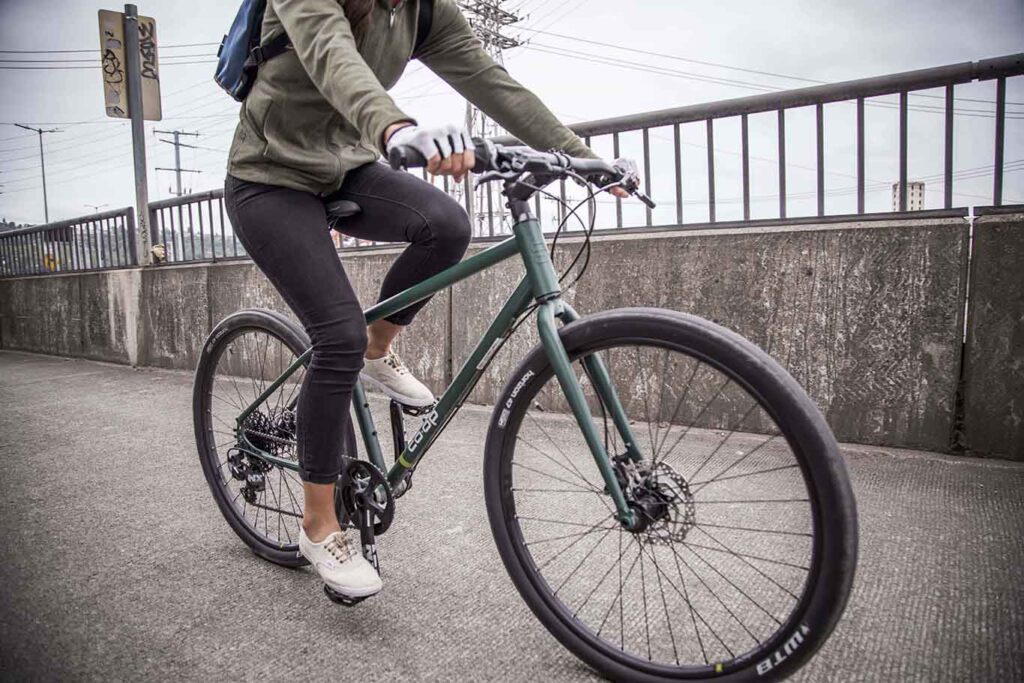
Week Five:
Thought you got rid of three times a week? Think again! This week’s program includes a 30-minute cycle for the first two days and a 45-minute cycle for the weekend day.
This week, you should really be able to maintain the same pace for the entire bike ride. This can help you work on and increase your endurance.
Week Six:
You’re going to repeat Week Five, doing the same program and really working on your endurance and long bike-ride potential.
Week Seven:
Get ready for some serious riding!
For the first riding day of the week, you’re going to be doing a solid 30-minute cycle. For the second day, reduce it to only 20 minutes long.
However, on the third day on the weekend, test your endurance and mental strength with a full 60-minute (that’s one hour!) cycle to really see where you’re at fitness-wise.
Week Eight:
Congratulations! You’ve reached the last week of the program!
At this point, you should really be used to being on the bike and have gone through some rigorous endurance training to help amp up your fitness level.
For this last week, you’re going to go out with a real bang! By adding on an extra day of cycling, you test your physical and your mental commitment to cycling.
For the first day this week, your ride will be 45 minutes long. The second day—make sure you have a break day in between—go ahead and do an hour ride.
However, instead of alternating days again, you’re going to get on your bike the very next day and complete a 20-minute (should be recovery) ride.
And finally, finish off the eight-week program with a 10-mile bike ride on the weekend.
With this plan, you don’t need to dish out hundreds of dollars to receive a customized plan to get you riding 10 miles within 8 weeks! If you stick with this very basic but functional plan, you’ll be able to complete a 10-mile bike ride within two months, no problem!
Of course, the route can definitely play a part in how difficult this plan can be to complete. If you want to challenge yourself, you can always add some incline and decline to your rides. However, if you’re a complete beginner, we would definitely recommend trying to stick with relatively flat routes and roads.
If you’re having a hard time finding the time to fit in a workout during your week (even though they are an hour or less), you should consider trying to map out a route where you’re able to bike to and from work as a commute. As long as you’re bringing your work clothes to shower into (and getting to work on time), this shouldn’t be a problem! Just make sure that you’re planning enough time to get there on-time and shower before stepping into the office (no one likes the smelly guy in class).
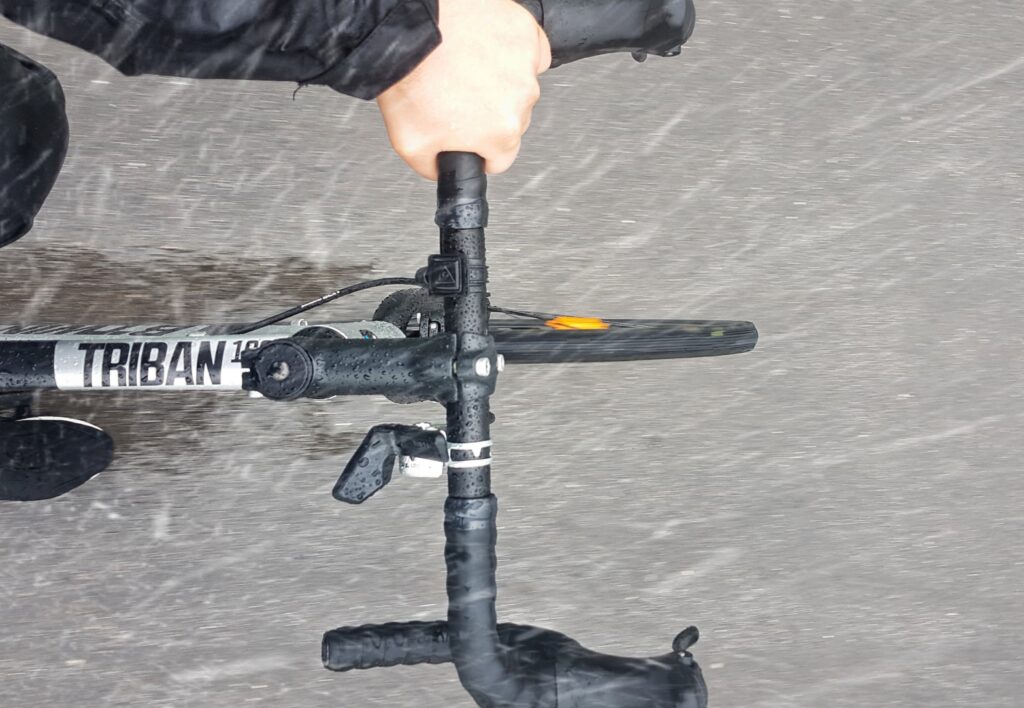
This sort of plan can also help save you money in commute, improve your fitness level, and even help the environment—who knew getting into biking could do so much good?
A Few Last-Minute Tips:
Although we’ve dedicated a full article on tips for beginners, here are a few tips we felt we should mention:
- Always check your tires before you ride—this can reduce the chances of a puncture and can make the ride feel easier.
- Invest in the equipment—this not only minimizes injury (safety equipment and clothes) but it can also help you repair a puncture, etc.
- Keep yourself hydrated! It’s important to keep drinking water—not only during your bike ride but also throughout your day. Although you have a bike, your body is a machine, too—so keep it hydrated, well-oiled, and fueled with nutritional food.
We hope this has helped you get on your bike for the first time! If you follow our tips and our training plan, you’ll be cycling ten miles in no time.
If you do need more direction or if you have any previous medical conditions, please get in touch with a professional or coach to help personalize or customize a plan that works for you and your health.

